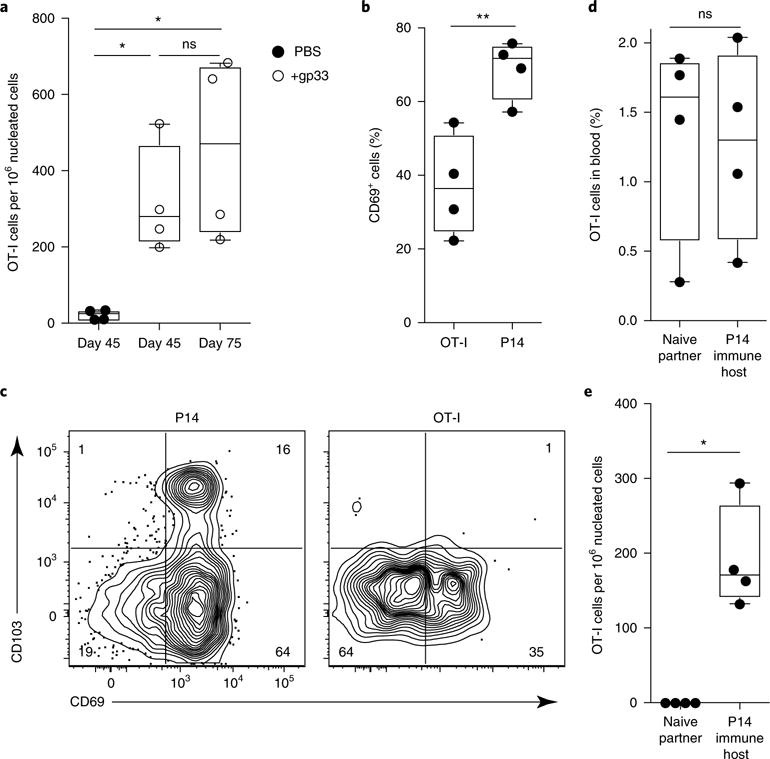Fig. 5. Recruited circulating bystander memory CD8+ T cells adopt a TRM cell phenotype.

a, To pull non-antigen-specific recirculating OT-I memory cells to the FRT, we transferred OT-I memory CD8+ T cells i.v. into P14 immune chimeras. The next day, we challenged recipients trans-cervically with PBS (mock) or gp33 peptide. Mice were rested until day 45 or day 75, at which time we used QIM to enumerate OT-I CD8+ T cells in the FRT. b, The frequency of FRT OT-I or P14 CD8+ T cells that were CD69+, as evaluated by flow cytometry. c, Representative flow cytometry plots of CD69 and CD103 staining on P14 and OT-I CD8+ T cells 45 d after recall. Numbers in corners indicate the percentage of cells in each quadrant. d,e, To confirm that recruited OT-I CD8+ T cells were resident, we carried out parabiotic surgery to conjoin mice treated 40 d prior with trans-cervical gp33 peptide as described above (P14 immune hosts) with naive B6 partner mice. We examined each parabiont for the presence of OT-I CD8+ T cells in blood and FRT 35 d after surgery. *P<0.05, **P< 0.01, Kruskal-Wallis ANOVA (a) or Mann-Whitney U-test (b,d,e). Box plots indicate medians (center lines), 25th and 75th percentiles (bottom and top box edges, respectively), minima and maxima (whiskers), and individual data points (circles). Data are representative of three separate experiments with 4 mice per group per experiment (a–c) or two separate experiments with four parabiont pairs per experiment (d,e).
